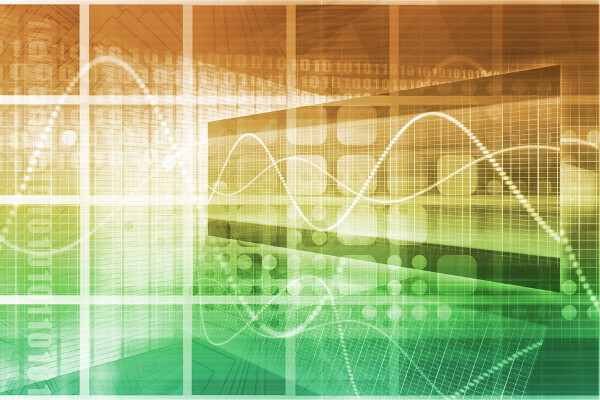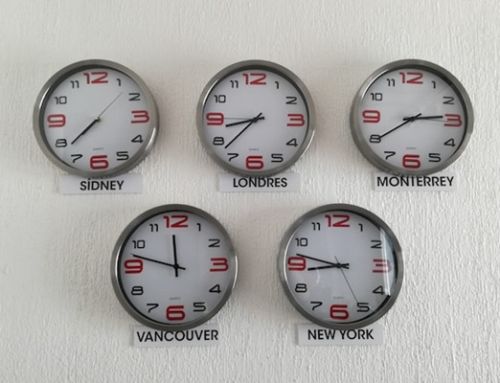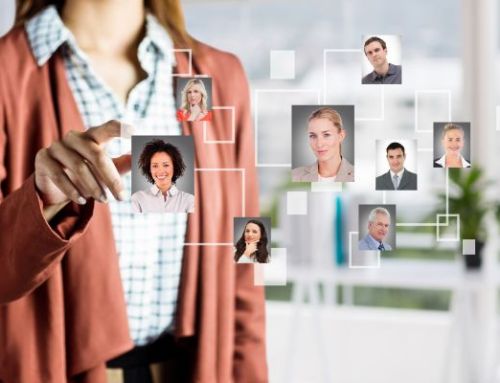Like all aspects of modern business, technology is changing the way we operate and function. This applies to all departments in the company and Human Resources is no exception. Just because it has the word human in the name does not mean that technology can’t be an invaluable aid.
From cloud computing to mobility, big data, VR and augmented reality, blockchain technology, Internet of Things” (IoT) and a range of emerging and developing technologies are now finding their way into the more enlightened HR departments of many companies.
Also read: Technology Is Changing Human Resource Management – But Where Will It Go?
One technology that is currently making great strides in streamlining and improving the function of HR is machine learning. The technology itself is not new but the applications for human resources have only recently started to gain traction and they are already making a significant impact.
Improvements in natural language processing (picture Alexa or Siri on steroids) have already enabled bots or intelligent chatbots to handle a number of HR functions. As more companies move away from traditional email and use group messaging platforms, the opportunity for intelligent assistants to take over functions such as scheduling, project development and general communication has grown exponentially.
Just like automated or robotic vacuum cleaners or floor scrubbers can free labor up to handle more cognitive functions in a cleaning environment, machine learning can handle a large amount of the more mundane, repetitive and time-consuming HR functions.
This will free up the HR staff to allocate more time and resources to all important human interactions and work on more strategic projects. They will be free of the time previously spent on the mundane repetitive but essential HR tasks that are required on a daily basis.
Machine learning can already efficiently handle the following:
- Scheduling of HR functions such as interviews, performance appraisals, group meetings and a host of other regular HR tasks.
- Analytics and reporting on relevant HR data
- Streamlining workflows
- Improve recruitment procedures
- Reducing staff-turnover
- Personalize training
- Measure and manage engagement
- Enhance rewards and recognition programs
As machine learning gains a deeper understanding of the company and has absorbed all relevant information, machine learning will be able to:
- Identify knowledge gaps or weakness in training
- Fine-tune and personalize training to make it more relevant and accessible to the employee
- Become a resource for information and questions related to company policies, benefits, company procedures and basic conflict resolution
- Aid in performance reviews
- Track, guide and enhance employee growth and development
Insights from data
HR gathers vast amounts of data on all aspects of employee activity but without some form of machine learning to digest and analyze this information and present usable reports, it will be near impossible to identify important trends, threats and opportunities. The data needs to provide meaningful usable insights and machine learning can do this.
Also read: How To Enable Continuous Learning And Development Using Technology
Workflows can be improved, training outcomes will be better understood and hiring trends, sick days and vacation requests can all be optimized through machine learning.
Real world applications of machine learning in HR
Here are a few existing applications of machine learning for HR. They are already being effectively used by many companies but are still developing and improving.
Automation of workflows
This was one of the first application of machine learning in HR. Scheduling is generally a painful and time-consuming task. Whether it is enhancing onboarding, scheduling interviews and follow-ups, performance reviews, training, testing and handling the more common and repetitive HR queries, machine learning can take most of this tedious work away from the HR staff.
This will streamline the process and give the HR department more time to focus on the “bigger issues” at hand.
Attracting top talent
A range of machine learning applications are already being used by many companies to improve their chances of attracting suitable recruits. Companies such as Glassdoor and LinkedIn have effectively used machine learning to narrow searches and seek out suitable candidates based on advanced intelligent algorithms.
Another machine learning application used to find and attract top talent is a system developed by PhenomPeople. It combines keywords with machine learning to seek out prospects on a number of job platforms and social media sites.
FedEx and Johnstone and Johnstone are both successfully using machine learning products (Cloud Jobs) developed by Google to enhance communication with those seeking to work for them. It analyzes characteristics of potential applicants to show them positions that are a good match to their skills, experience and personality. The same system also makes the positions more likely to be seen by suitable candidates.
Less time, reduced bias and greater accuracy in recruiting
One of the most important yet extremely time-consuming functions of HR is recruiting. Properly applied machine learning technologies can save time through the use of predictive analysis to reduce time wasting in recruiting and make the process more reliable and accurate.
Machine learning can aid HR in managing the recruitment process from start to finish. It will streamline the process, reduce errors and improve results.
While the human element is still required to get a feel for the candidate, machine learning will provide accurate and usable analytics to improve the effectiveness of recruitment. It will also help to eliminate human bias and other human elements that could be hindering your company from hiring suitable candidates.
FMCG giant Unilever uses a combination of machine learning platforms and techniques to screen the vast amount of applications they receive. Candidates go through three rounds of machine learning based “interviews” and assessments before meeting a human for the first time for the final interview. The result was a saving of more than 50 000 hours of time spent on recruiting and reduced the time to hire new recruits from 4 months to 4 weeks.
Many startups are also using machine learning to speed the process up as well as remove bias from the system.
Applicant Tracking & Assessment
Machine learning applications are able to track new applications as they come through the system to streamline the process and save time and money. This process also helps to reduce bias and eliminate human error.
Also read: 10 Reasons Why You Need an Applicant Tracking System
Citigroup is an example of a large corporation using machine learning to get top recruits that will be a good fit for the group. The machine learning system they use is Koru and it analyzes and interoperates data from a range of online tests.
Using predictive analytics it is able to determine if the person is a suitable candidate for the job and a good fit for the company. Other companies such as Reebok, Deutsche Bank and Airbnb are using the same technology. Feedback has been extremely positive.
Personalization
Given the changing nature of the large amount of “new generations” entering the workforce, personalization has become an import part of attracting, hiring and retaining top talent.
Machine learning is better able to understand the unique needs of different individuals and create personalized training, rewards and recognition as well as incentive programs for each individual.
Forward planning and efficiency improvements
Machine learning can better understand the data to provide usable insights that will help HR with predicting turnover trends, communication issues, project progress, employee engagement and a host of other crucial developments and issues. This will enable them to gain an early awareness of any problems and take remedial action before these issues become major problems.
Attrition Detection and understanding
Finding and hiring top talent is an essential function of HR. Retaining that talent depends on more than just the HR department but it is important for them to predict, understand and manage attrition rates.
Machine learning will be able to provide valuable insights into these factors allowing HR and management to deal with this more effectively and quickly.
The prediction functionality will enable them to plan ahead before they face skill gaps. More importantly, by understanding the data around staff turnover, they will be in a better position to take corrective action and make the necessary changes to minimize the problem.
Measure and understand employee engagement
Again, another popular buzzword at the moment is employee engagement and rightfully so. Numerous studies have been conducted and although the exact figure varies, most show that on average, fewer than 70% of current employees are engaged in their work. This is an alarming statistic.
Machine learning is able to process the data in order to measure and understand this far better than a team of humans would. These insights can prove invaluable in increasing productivity and reducing staff turnover rates.
Solutions have already been developed by companies like Workometry and Glint that are in use by a number of top companies. These software systems measure, analyze and report on employee engagement and general feelings related to their work. Data is collected from a range of sources, many of which were not easy to extract any meaningful information from in the past.
Individual Skills Management/Performance Development
While machine learning is proving invaluable in finding, attracting and hiring the best candidates for the position, it is also useful in developing new recruits as well as existing staff.
The future of machine learning in HR
The examples we have discussed above are all already in use in some shape or form. Clearly, there is still much development to be done and this is happening at an amazing rate.
The human element of HR will never disappear but machine learning can guide and assist to ensure the functions of these departments are streamlined and faster while strategic and day to day decisions will be more accurate.
These are exciting times in the HR industry and it is important that those involved are aware of the solutions already working as well as new trends that continue to develop. Improving recruitment, training, development and retention will have a profoundly positive effect on a company’s bottom line.
Those companies that are slow to adapt and adopt the new opportunities provided by machine learning will soon find themselves at a competitive disadvantage while those using them successfully will flourish.
Download the white paper and see how you can create an integrated, engaging employee experience using people analytics!
Image licensed from Depositphotos.com






Leave A Comment